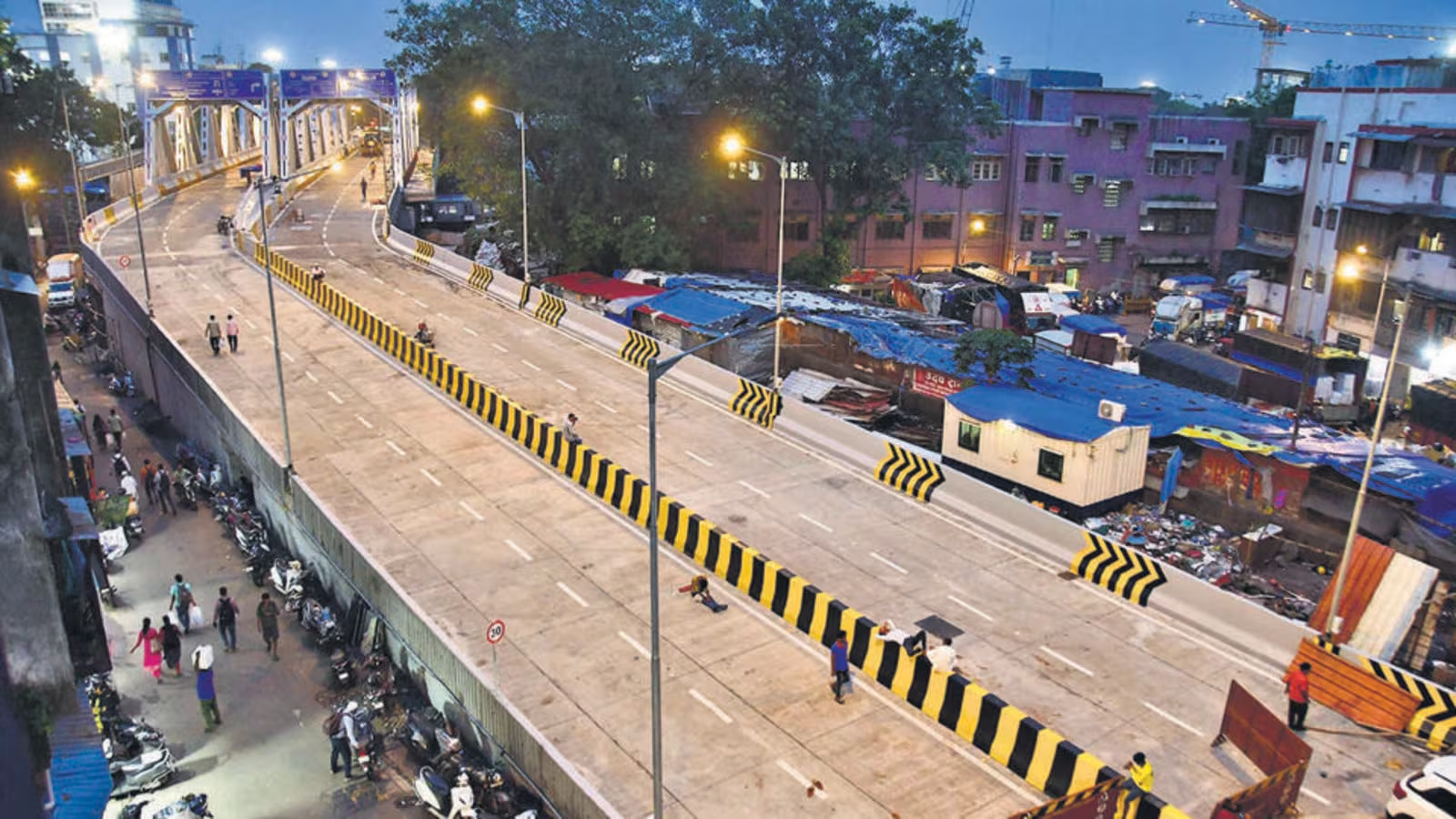Mumbai reached a significant infrastructure milestone on 10 July 2025 with the inauguration of the 328‑metre Sindoor Bridge, replacing the unsafe 150‑year‑old Carnac Bridge. Maharashtra Chief Minister Devendra Fadnavis led the ribbon‑cutting ahead of its public opening at 3 pm, emphasising the bridge’s strategic role in reconnecting South Mumbai’s eastern and western corridors, notably near Chhatrapati Shivaji Maharaj Terminus, Masjid Bunder and Mohammad Ali Road.
Fadnavis highlighted the symbolic renaming: “Carnac was a tyrannical Governor,” he noted, while Operation Sindoor, a military response to the Pahalgam terror attack, “resides in the hearts of Indians”—a tribute woven into the bridge’s identity. Construction was overseen by Additional Municipal Commissioner Abhijit Bangar and executed by the BMC engineering team, completing the project by 10 June 2025 in record time.
The structure comprises two robust steel girders—each 70 metres long, 26.5 metres wide and weighing 550 tonnes—mounted on RCC piers. Of the total span, 70 metres lie within railway property, with the remaining 258 metres covering approach roads. Central Railway had declared the prior Carnac structure unsafe in August 2022, prompting its dismantling and the urgent need for swift replacement.
Traffic engineers anticipate the Sindoor Bridge will relieve chronic congestion on P D’Mello Road, Walchand Hirachand Road and Shaheed Bhagat Singh Road by re‑establishing a seamless east–west route. The revived connection also improves access to adjacent commercial areas like Crawford Market, Kalbadevi and Dhobi Talao.
Beyond mobility benefits, the project contributes to Mumbai’s sustainable urban development. Rapid construction with existing steel and RCC resources minimised operational overlaps and reduced disruption to commuters and the environment. The choice of durable materials supports low‑maintenance goals over the bridge’s lifecycle—aligned with the city’s ambitions for green, long‑lasting infrastructure.
However, the renaming sparked debate over colonial legacy versus national symbolism. Critics caution such changes must be paired with infrastructure quality to avoid politicisation purely for iconographic gain. Fadnavis addressed these concerns in his inauguration remarks, framing the act as both a repudiation of oppressive history and homage to patriotic courage.
Sindoor Bridge sets a precedent in honouring India’s identity while enhancing essential urban linkages. By combining purpose‑driven naming, robust engineering and swift delivery, the bridge presents a model for citizen‑centric infrastructure. Mumbai may now lean on this new artery to boost economic activity and commuter experience—especially during peak festival seasons—heralding a sustainable vision for future city projects.
Also Read: Mathura MP Hema Malini leads 38 lakh sapling plantation drive in Brijbhoomi




